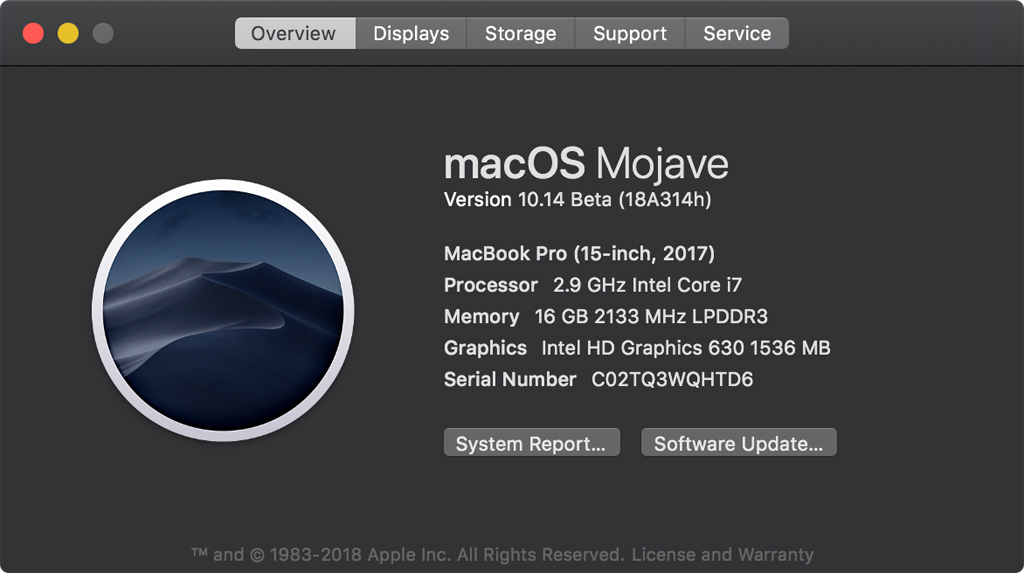

So documents themselves, photos, things like that. You can customize the look of your spreadsheet if you want but the document itself isn't going to change. You can see you get all dark interface elements but the actual spreadsheet itself is still going to have that same look. You're, of course, creating a document so the idea is that is it white paper and dark text. But the actual document itself is still going to be represented as you would normally see it. You can see the toolbar, the sidebars, a lot of the interface elements are now dark background and white text. Of course the photos themselves aren't going to change. Photos app is going to show you this dark background. It drastically changes the look of the actual maps itself. Here's Calendar, Notes, Reminders, and even Maps. Now when you go to other apps you also can see the difference. You can see you've got white text on a dark background. It's in the area where you read and where you compose new email. Again, it's a dark background with white text.

I'll go and bring up Mail and you can see Mail looks very different than what you might be used to. So let's look at say a normal app like Mail. You notice, also, in the Menu Bar here at the top as well. But it's not just here in System Preferences. You have this dark background and now all the text is in white. You can see right here in System Preferences itself, you can see the change. You get light or white text on a dark background. When you go to Dark Mode then you get the opposite. You have dark text, usually black text, on a light or white background. It's the basic normal appearance of macOS. System Preferences and under General there's just a simple switch here. Here's what it looks like when you do so. Dark mode is basically just an on/off switch. Video Transcript: So perhaps one of the simplest yet most talked about new features of macOS Mojave is Dark Mode. Check out Using Dark Mode With macOS Mojave at YouTube for closed captioning and more options.


 0 kommentar(er)
0 kommentar(er)
